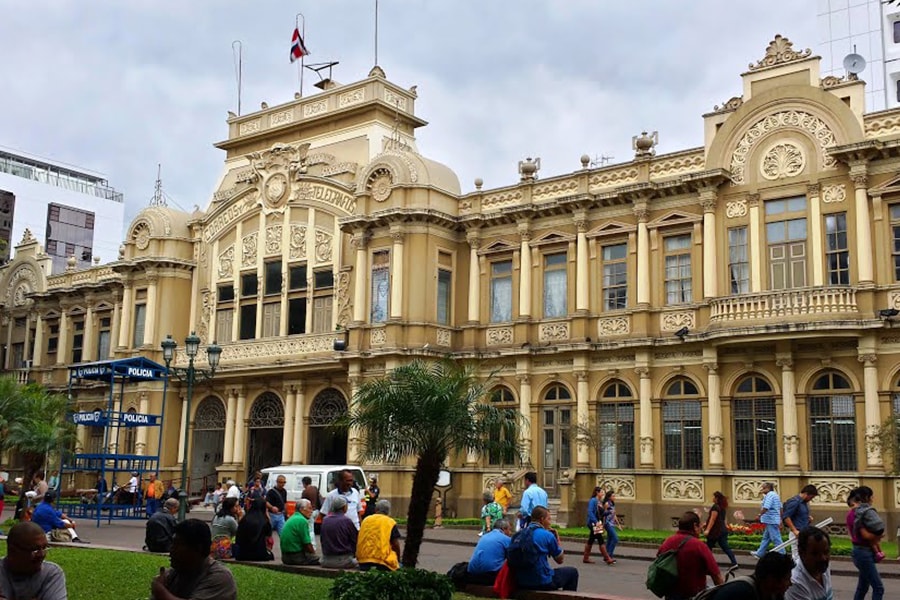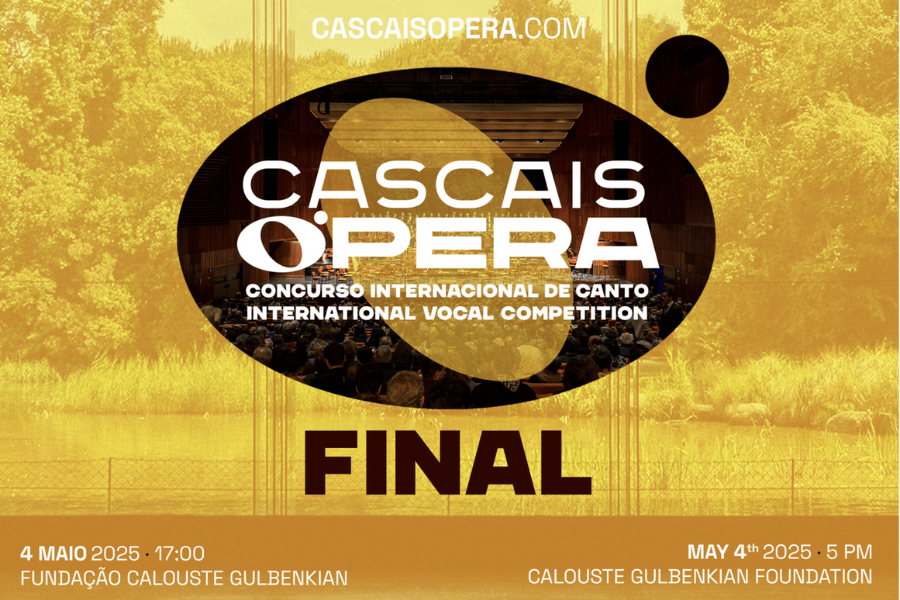Costa Rica is the 11th country that enters OLA

Costa Rica is a privileged country in natural settings, where you can enjoy ecotourism paradises and some of the best beaches in the continent. A friendly, pluricultural and multilingual people as a result of the cultural fusion of immigrants. The Costa Rican sustainable gastronomic offer goes from the traditional to innovation in restaurants, sodas, markets, farmer’s fairs and organic products for its variety, so it can be adapted to any budget and level of demand, depending on preferences. The artistic expressions of music, dance, theater, cinema, crafts and audiovisual production are distinguished by professional level and quality. The opera, has also been a privileged chapter in this scene and that is gradually increasing.
.
The National Lyric Company
The operatic genre has been one of the most traditional manifestations in Costa Rican cultural activity, whose origins date back to June 15, 1862, date in the Opera Company Lorini presented at the Municipal Theater, formerly known as Teatro Mora, in the vicinity of the Municipal Market, the opera “Il barbieri di Siviglia” by G. Rossini, with a cast of artists accompanied by the Costa Ricans who made up the choir and the orchestra.
.
The following tours of the European companies encouraged the emergence of an increasingly numerous public that, with the disappearance of the damaged Municipal Theater, called for the construction of a new stage in which the opera could be presented with dignity, which finally led to the Inauguration of the National Theater in 1897. In addition to this important cultural contribution, the operatic tradition encouraged the formation of numerous national singers, whose maximum exponent was Manuel “Melico” Salazar, who already in the 1920s was presented with international success in the main American stages, such as the Metropolitan Opera in New York.
.
At the same time, the teaching work of Salazar and other professors of the National Conservatory of Music produced a generation of Costa Rican singers and teachers, among which the bass Claudio Brenes stands out, with which, beginning in 1940, the lyrical performances began to be represented with national talent in association with businessmen and local amateurs, with a constant though sporadic activity, due to the lack of resources that suppose a highly expensive and complex genre.
.
Until almost the end of the 1960s, all efforts made to mount a production had been isolated. There was no order in terms of the organization of seasons, nor were there any follow-up to the national lyric singers. It is until 1979 that the National Theater decided to stage “The Merry Widow” by Franz Lehar. The success of the production of this operetta is such that Dr. Marina Volio, then Minister of Culture Youth and Sports, asks a group of Costa Rican singers, including Enrique Granados, Gonzalo Castellón, Jorge Acevedo, Danilo Chávez, Marco Antonio Quesada and Rafael Ángel Saborío; be responsible for structuring and organizing a National Lyric Company.
.
Thus, on January 22, 1980, is created by Executive Decree, the National Lyric Company (CLN) by which the state begins to allocate a budget for the realization of an annual season that satisfies the interest of the public and artists Costa Ricans
.
Currently, the CLN is a Technical Unit of the National Music Center (CNM), has an Artistic Director and other administrative staff, relying on the programming of the National Symphony Orchestra (OSN) and the National Symphonic Chorus (CSN) to the presentation of the annual seasons.
.
Along with an intense work of recitals and concerts with the participation of national singers in the main auditoriums and tours of cultural extension, in its years of existence the National Lyrical Company has presented both in the National Theater and in the Popular Theater Melico Salazar works summits of the universal repertoire of composers, such as: Giacomo Puccini, Gioacchino Rossini, Giuseppe Verdi, Wolfgang Amadeus Mozart, Charles Gounod, Georges Bizet, Vincenzo Bellini, Carl Orff, Engelbert Humperdinck, Gaetano Donizetti, Ruggero Leoncavallo and Pietro Mascagni, as well as composers nationals among which Benjamín Gutiérrez stand out with the representation of the operas “El Pájaro del Crepúsculo”, and “Las Dos Evas”; and Carlos Escalante Macaya, with the play “Nosotros Dos”.
.
Pure life: beyond a national motto
In addition, the experiences of rural community tourism will bring it closer to the living culture in the peasant communities, which are developed from cooperatives or community associations; They also have private ecological reserves, farms or areas of interest or are close to regions of environmental and cultural interest with tourist services.
In the different tourist regions you can find everything from homemade food to modern, traditional, sophisticated, vegetarian, and vegan restaurants, with a wide range of fresh and natural ingredients.
.
Costa Rica is an exuberant country, where nature manifests itself in all its splendor thanks to the extraordinary biodiversity of its territory. This product is based on the knowledge and observation of outstanding features of nature, ecological, geological processes and others such as bird watching, flora and fauna, volcanoes, walks, trails, national parks.
.
The territory is divided into 29 natural parks, 19 wildlife refuges, 8 biological reserves and a series of protected areas that captivate lovers of eco-tourism activities. The offer of excursions and walks is very varied, and includes: horseback riding, hiking on mountain trails, guided tours for bird watching, forests, landscapes and natural collections, as well as cable cars, lakes and rivers laden with flora and fauna.
.
Some of the must-see sights of Costa Rica are:
- Celeste River
- The Fortune
- Monteverde Cloud Forest Reserve
- Isla del Coco National Park
- Manuel Antonio National Park
- Jaco
- Puntarenas
- Tamarindo
- Puerto Viejo
- Tortuguero National Park





